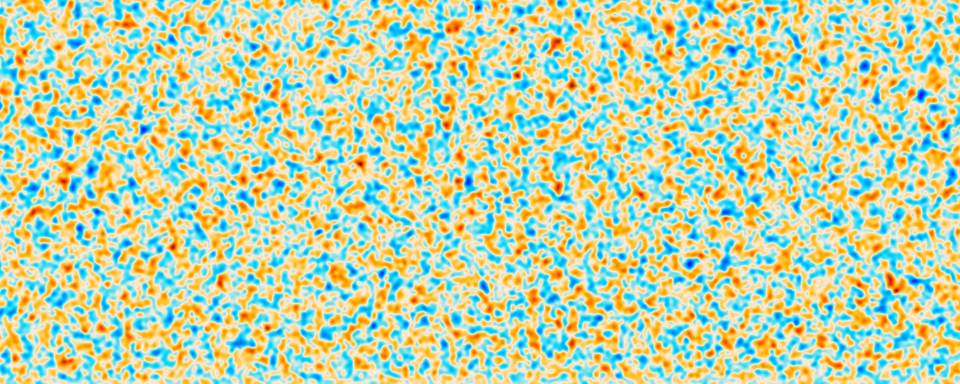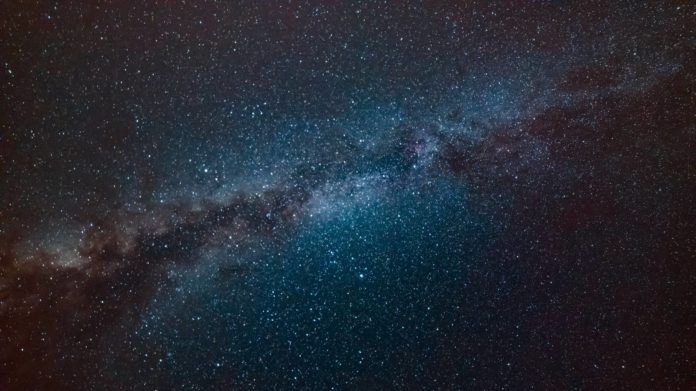In 2019, a research team measuring the movements of galaxies calculated that the universe is hundreds of millions of years younger than the Planck team predicted. That discrepancy suggested that a new model for the universe might be needed and sparked concerns that one of the sets of measurements might be incorrect.
In recent years, new scientific measurements have suggested the universe maybe hundreds of millions of years younger than its previously estimated age of approximately 13.8 billion years.
Now a new study by an international team of astrophysicists, including Neelima Sehgal, Ph.D., from Stony Brook University, suggests the universe is about 13.8 billion years old. The discovery was made using observations from the Atacama Cosmology Telescope (ACT) in Chile.
Professor Sehgal plays an essential role in analyzing the cosmic microwave background (CMB) said, “In Stony Brook-led work we are restoring the ‘baby photo’ of the universe to its original condition, eliminating the wear and tear of time and space that distorted the image. Only by seeing this sharper baby photo or image of the universe, can we more fully understand how our universe was born.”
“Obtaining the best image of the infant universe helps scientists better understand the origins of the universe, how we got to where we are on Earth, the galaxies, where we are going, how the universe may end, and when that ending may occur.”

Scientists estimated the age of the universe by measuring its oldest light. What’s more, this estimation matches the one provided by the standard model of the universe and measurements of the same light made by the Planck satellite. This adds a fresh twist to an ongoing debate in the astrophysics community.
Simone Aiola, the first author of one of the new papers, said, “Now we’ve come up with an answer where Planck and ACT agree. It speaks to the fact that these difficult measurements are reliable.”
This estimation also reveals how fast the universe is expanding. The ACT measurements suggest a Hubble constant of 67.6 kilometers per second per megaparsec. That means an object one megaparsec (around 3.26 million light-years) from Earth is moving away from us at 67.6 kilometers per second due to the expansion of the universe.
This result agrees almost precisely with the previous estimate of 67.4 kilometers per second per megaparsec by the Planck satellite team. Still, it’s slower than the 74 kilometers per second per megaparsec inferred from the measurements of galaxies.
Steve Choi of Cornell University said, “I didn’t have a particular preference for any specific value — it was going to be interesting one way or another. We find an expansion rate that is right on the estimate by the Planck satellite team. This gives us more confidence in measurements of the universe’s oldest light.”
As ACT continues making observations, astronomers will have an even clearer picture of the CMB and a more exact idea of how long ago the cosmos began. The ACT team will also scour those observations for signs of physics that don’t fit the standard cosmological model. Such strange physics could resolve the disagreement between the predictions of the age and expansion rate of the universe arising from the measurements of the CMB and the motions of galaxies.
The papers are available on the open-access arXiv.org and have been submitted to the Journal of Cosmology and Astroparticle Physics:
- The Atacama Cosmology Telescope: DR4 maps and cosmological results.
- The Atacama Cosmology Telescope: A measurement of the Cosmic Microwave Background power spectra at 98 and 150 GHz.
